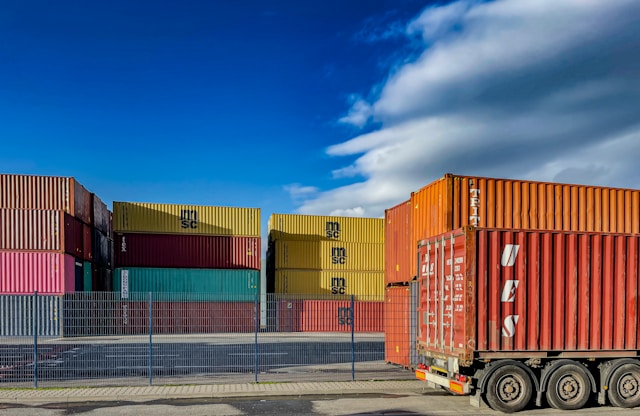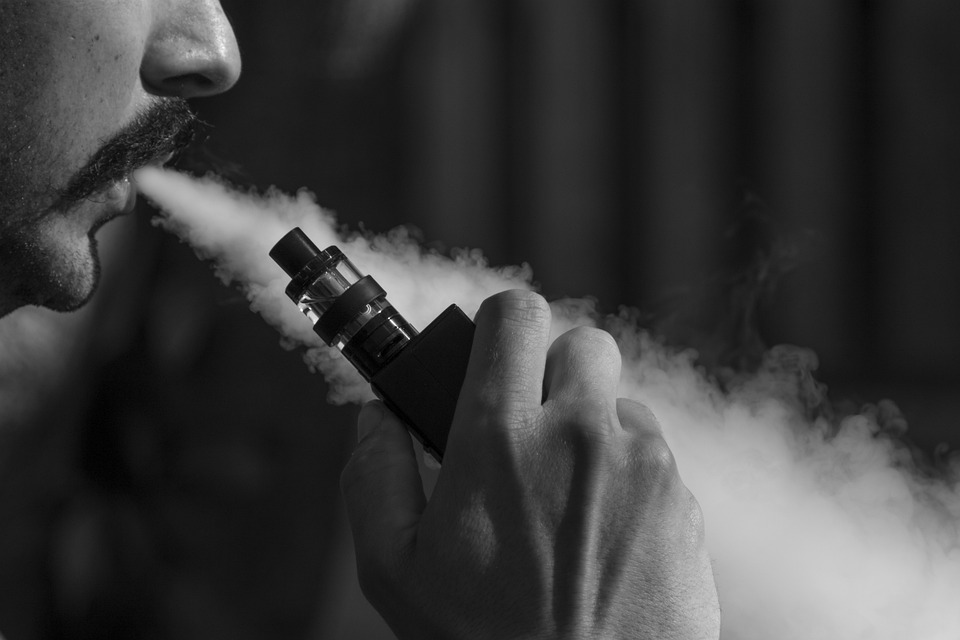Keeping machinery free from leaks is more than just a maintenance task; it’s vital for smooth, efficient, and safe operations.
Leaks can lead to costly downtime, safety hazards, and decreased performance. So, what can be done to prevent these issues?
Here’s a guide to maintaining leak-free machinery, packed with practical tips and actionable strategies.
Understanding the Impact of Leaks in Machinery
Leaks in machinery might seem like a minor issue, but they can have major repercussions. When a machine leaks, it not only wastes valuable resources but can also lead to equipment damage and safety hazards.
For instance, an oil leak in a factory can create slick floors, leading to potential slip-and-fall accidents. Additionally, leaking fluids can cause corrosion or wear on parts, shortening the machine’s lifespan.
Consider a manufacturing plant where hydraulic fluid is leaking from a critical press due to faulty mechanical seals. This not only affects the press’s performance but can also halt production, leading to significant financial losses. These examples highlight why it’s essential to tackle leaks promptly and effectively.
Key Strategies for Preventing Leaks
Regular Maintenance
Regular maintenance is one of the simplest yet most effective ways to prevent leaks. Machines should be checked regularly to identify any potential problems before they escalate.
Maintenance routines should include inspecting seals, checking fluid levels, and tightening connections. For instance, a weekly check on a conveyor system can catch small leaks before they turn into big issues.
Training staff to recognize signs of wear and tear also plays a crucial role. For example, if maintenance personnel notice a slight increase in vibration or noise from a pump, it might indicate an impending leak. Regular maintenance not only keeps machines running smoothly but also extends their service life.
Proper Seal Selection
Choosing the right type of seal for each application is crucial. Different machines and fluids require different sealing solutions. For instance, a high-temperature application will need a seal that can withstand extreme heat, while a chemical processing plant will need seals resistant to corrosive substances.
For example, a high-pressure pump in a chemical plant might use a special seal made from fluorocarbon to handle the aggressive nature of the fluids. Conversely, a simple water pump might only need a standard elastomeric seal. Ensuring the right seal is selected based on the application prevents leaks and keeps machinery running efficiently.
Correct Installation
Proper installation of seals is as important as selecting the right type. Even the best seal can fail if installed incorrectly. Installation should follow manufacturer guidelines closely. For example, if a seal is not seated properly, it can cause uneven pressure and lead to leaks.
Experienced technicians should handle installations to avoid common pitfalls. Training and expertise in correct installation techniques are key. If a seal isn’t aligned correctly or if the surface it mates with isn’t smooth, leaks are almost guaranteed.

Best Practices for Leak Prevention
Monitoring and Detection
Monitoring machinery for signs of leaks is essential. Early detection can save a lot of trouble. Advanced monitoring systems can track various parameters such as pressure and temperature, alerting operators to potential issues before they become serious.
For example, installing pressure sensors on a high-pressure system can help detect drops in pressure that may indicate a leak. Regular visual inspections can also help catch minor leaks that might not trigger an alarm but could still cause problems over time.
Upgrading Equipment
Sometimes, upgrading equipment is the best way to address leak issues. Modern machinery often comes with better sealing technologies and improved design features that reduce the likelihood of leaks. While upgrading might seem like a big expense, it often pays off in the long run by reducing maintenance costs and improving efficiency.
For instance, older pumps might have outdated seals that are prone to failure. Replacing them with newer models that use advanced sealing technology can prevent frequent breakdowns and leaks. The initial investment in new equipment can lead to significant savings and increased reliability over time.
Employee Training
Training employees on proper maintenance and leak prevention techniques is crucial.
Well-trained staff can identify potential issues early and take action before small problems become big ones. Training should cover how to inspect machinery, how to handle different types of seals, and what to look for during routine checks.
For example, training on recognizing unusual vibrations or sounds can help in detecting early signs of seal failure. Employees who understand the importance of proper seal maintenance and installation are more likely to perform these tasks correctly and catch potential issues early.
Conclusion
Preventing leaks in machinery requires a combination of regular maintenance, proper seal selection, correct installation, and employee training.
By following these strategies, businesses can avoid the costly consequences of leaks and keep their operations running smoothly.
Whether it’s upgrading equipment or training staff, investing in leak prevention is a wise decision for long-term success.







